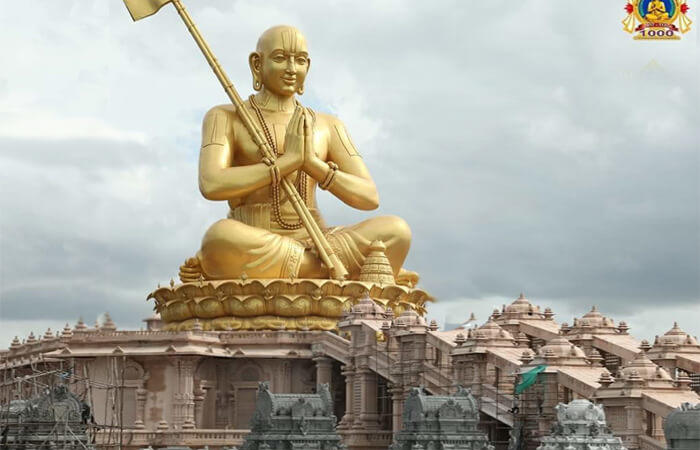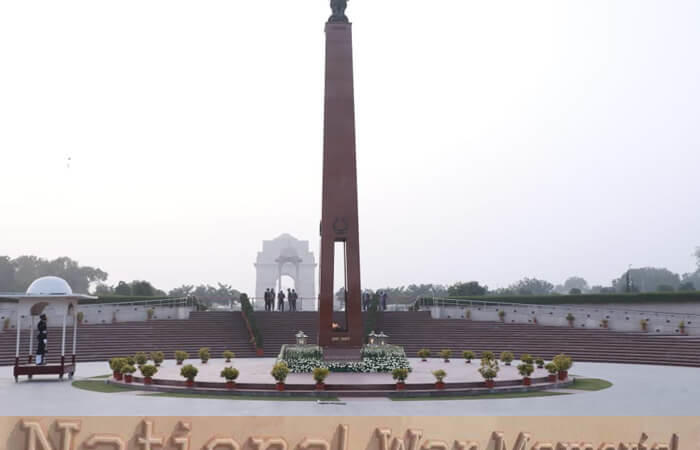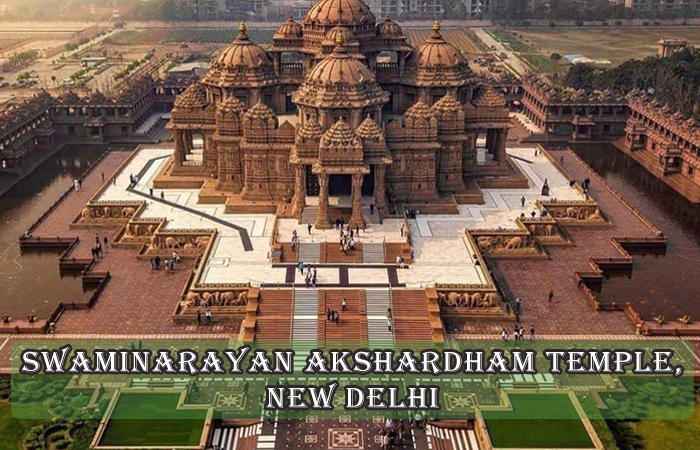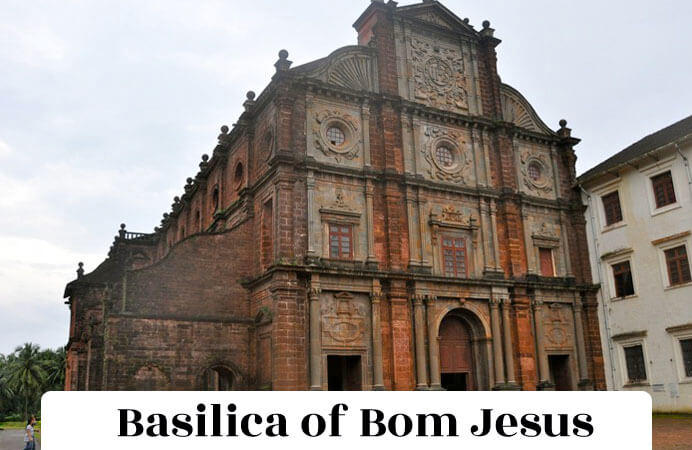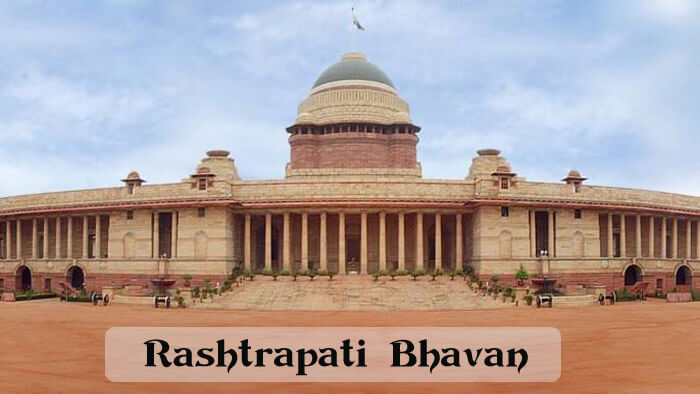Lotus Temple – Mother Temple Of The Indian Subcontinent
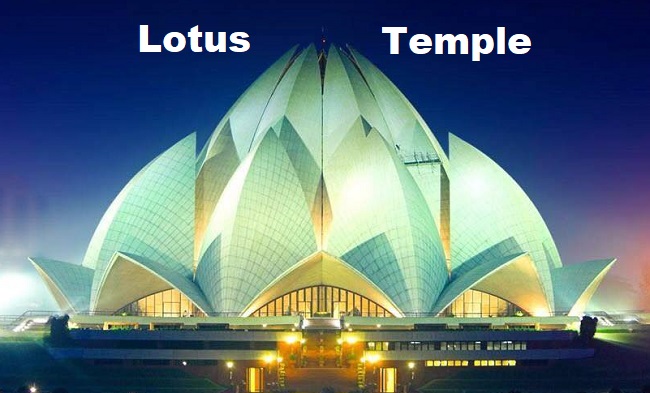
Lotus Temple is an architectural delight and is also known as the ‘Taj of Modern India’ and is located in Delhi near Nehru Place and Kalkaji Mandir.
The whole complex from top to bottom is made of pure marble, its construction was completed in December 1986 and is Baha’i House of Worship. It is famous for its flower-like shape and is a popular tourist attraction.
The complex design of this temple took around 10 years of labor. The construction began on April 21, 1980, and the edifice was formally dedicated to the unity of God, the Unity of religion, and the Unity of Mankind on December 24, 1986. The House Of Worship was built by voluntary contributions received from the Indian Baha’i community as well as Baha’is around the world. The grand structure has been the result of western engineering design together with the Indian means of construction.

Suggested Read: Delhi – Culture and Tradition
It’s a beautiful example of landscaping and modern architecture also called Mother Temple Of The Indian Subcontinent. There is no distinction and discrimination of the religion and it is open to all. Anyone irrespective of religious background, sex, or other distinctions can enter the temple as is the case with all Baha’i houses of worship.
Baha’i faith believes in a religion-free independent world that is divine in its origin, broad in its view, scientific in its technique, kind in its philosophy, and dynamic in its nature. The universal symbol of peace, a lotus flower, gives the temple not only its name but shape as well.
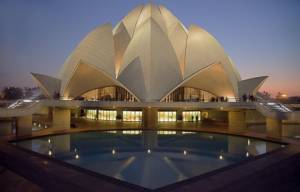
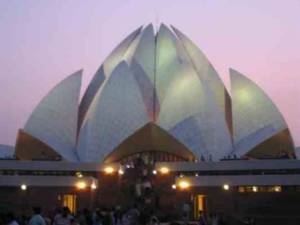
Suggested Read: Red Fort – Lal Quila
The temple is inspired by the beauty of the lotus flower, it is composed of 27 free-standing white marble-clad “petals” which are arranged in a cluster of three and forms nine sides. The House of Worship consists of a central prayer hall, with 9 entrances, symbolizing the oneness of religion and the idea that the teachings of the Messengers or Avatars of God are all ultimately doors to one reality.
The nine big gates enter into the main center or hall of the temple. The main hall has the capacity to seat 1,300 people and hold up to 2,500 in all. The white marble used in the construction of the temple is imported from Greece. The whole structure is surrounded by nine ponds and gardens.
Suggested Read: North Indian Culture
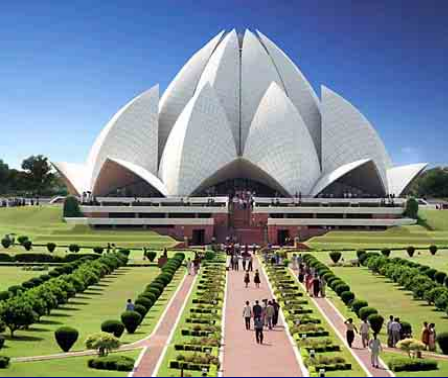
According to the 2001 CNN report, most people come here just to see it. Lotus Temple has earned many architectural awards, and it has been published in more than 125 newspapers and articles have been written in many magazines on this temple.
Suggested Read: India Gate Delhi
Interesting Facts About Lotus Temple
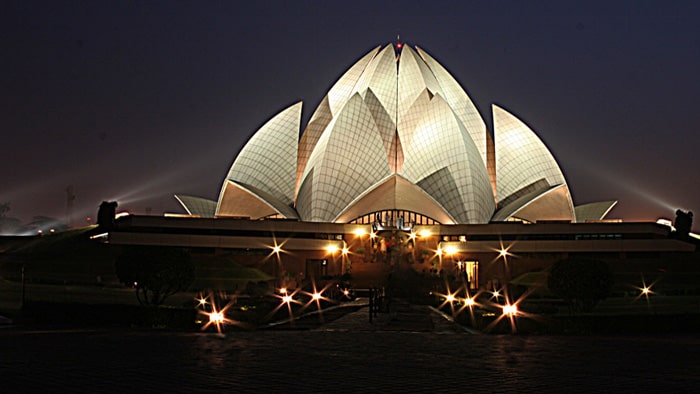
1. The Baha’i community also offers a lot of facilities, people who are interested in these activities can participate in them. These facilities include Children’s Classes, Junior Youth Classes, Devotional Meetings, and Study Circles.
2. Every year, more than 4 million tourists visit the temple and about 10000 people come to the place every day.
Suggested Read: Qutub Minar Delhi
3. People of all religions are welcomed equally in the temple, and all people remember God and pray in a similar way.
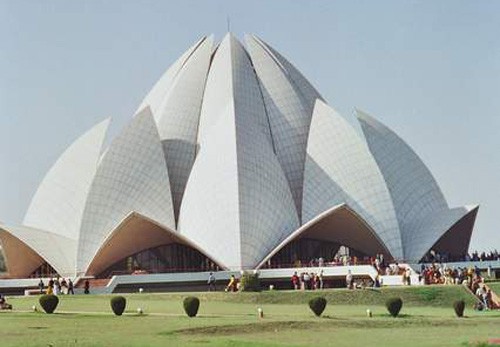
4. The Lotus Temple is the seventh temple of the Baha’i community. The remaining six temples are located in Australia’s Sydney, Panama City of Panama, Apia of Western Samoa, Kampala in Uganda, Frankfurt in Germany, and Willamette of the USA.
Suggested Read: Alai Darwaza
5. This Bahai’s lotus temple was designed by the Iranian architect Fariborz Sahba in the shape of a lotus as a lotus is considered important in all religions of Hinduism and Buddhism. For its wonderful and adorable shape, this temple has won the International Award.
Suggested Read: Jantar Mantar Delhi

Suggested Read: Humayun Tomb Delhi


